From The Collection: Kevin Frank
Kevin Frank, Untitled, encaustic on panel, 11” x 14”, 2011. Collection of R&F Handmade Paints.
One of the few contemporary artists tackling representational subjects in encaustic, Kevin Frank’s paintings are breathtakingly precise. The sort of paintings that stop you in your tracks wondering, “how did he do that?” An artist equally skilled at rendering his subjects in both oil and encaustic, Kevin has four distinct bodies of work that include still life, landscape, portraits, and figurines.
Kevin Frank, Museum Cafe, encaustic on panel, 20” x 24”, 2004
Born in Fort Lauderdale, Florida in 1961, Kevin received his BFA in Drawing and Painting from Carnegie Mellon University. His work has been shown in a number of exhibitions, most recently the Chaffey Community Museum of Art, Ontario, California; the Barrett Arts Center, Poughkeepsie, New York, and Woodward Gallery, New York, New York. It has been written about in publications ranging from ProWax Journal to The Washington Post, and was included in R&F’s Encaustic Works 2012: A Biennial Exhibition in Print.
If you are curious to learn more about Kevin, don’t go looking for his artist statement. Kevin is clearly someone who wants his work to speak for itself. In place of an artist statement on his website, you’ll find a note letting you know simply that his “statement is imminent.” However, a deeper dig unearthed a 2015 video of an opening for Kevin’s solo at Fischbach Gallery in New York, which featured his figurine series and included a brief statement about that work.
Kevin Frank, Untitled, oil on canvas, 24” x 20”, 2013
“I paint representational work, applying formal treatment to seemingly banal subjects. At the same time, I am committed to concept, which is in part defined by the technical precision that I work toward achieving. In my current series, I am repurposing found objects that have human form as models for still life. To date, these include collectible ceramic figurines based on Normal Rockwell’s magazine covers.
These readymade models are at once personal, culturally specific, and contemporary. As 3-dimensional objects, they are familiar knickknacks, but as 2-dimensional images recreate in Neo-Baroque style, they allow the viewer to connect and to project meaning and identity. I am interested in exploring this connection as well as the perception of time, place, memory, and culture that the contrast between treatment and subject evokes.”
Kevin Frank, Pear and Snare, encaustic on panel, 2000. Collection of R&F Handmade Paints.
At the time of our interview in December, Kevin was at work on his first commission. He laughed as he noted, “it only took 40 + years of painting” to get that commission. A truly dedicated painter, Kevin always has to have a painting going on his easel or else he “cannot survive the day.”
How long have you worked with encaustic? I’ve been working with encaustic for about 24 years.
I understand you work with other mediums as well. How do you decide when to work with one or the other? When I pick a particular subject to paint, it usually becomes apparent what medium to use. For me, encaustic makes for a more bold, immediate kind of image while oil provides a wider flexibility of brushwork and glazing for a more subtle, nuanced image. Encaustic forces me to work alla prima as I tend to apply it more or less opaquely.
What do you like about working with wax as a medium? Does it do something for your work that oil can't? The advantage of working with wax is its quick drying/cooling time, which enables me to scrape and mold the paint after its been brushed on. I tend to screw up a lot, so it’s a nice advantage to be able to scrape off a bad brushstroke and try it again.
Do you teach painting? Why or why not? While I enjoy talking shop and exchanging tricks and ideas with fellow painters, I think I would make a lousy teacher. Social anxiety and other circumstances prohibit any thoughts of teaching, although I am thinking about the possibility of writing a book on technique.
Where is your studio located? What do you like about the space? Currently my studio is in the basement. Although the light is okay, the space is too small and I’m looking for alternatives. And, because ventilation is an issue, I’m taking a break from working with encaustic.
What is your studio practice like? Do you paint everyday? My daily routine always includes studio time, every day of the year. That does not always mean handling the materials. When not physically painting, I’m either assessing a current painting or planning the next. There’s always the need to have something in progress.
What are you working on now? I’m currrently working on a series of landscapes.
Kevin Frank, Subway Interior 2, encaustic on panel, 20” x 28”, 2008
Here’s hoping he does write that book on technique. In the meantime, you can follow Kevin’s work at kevinfrankpaintings.com.





